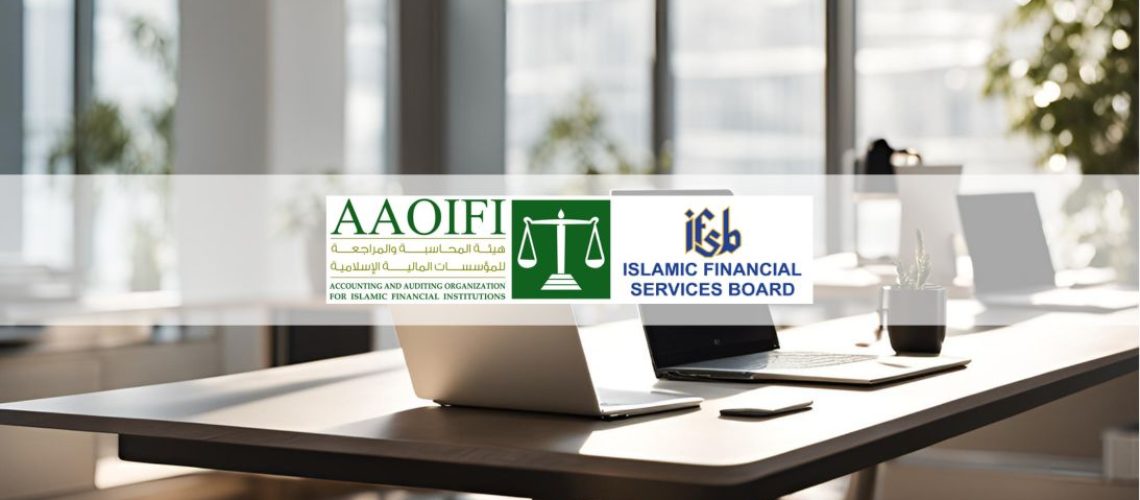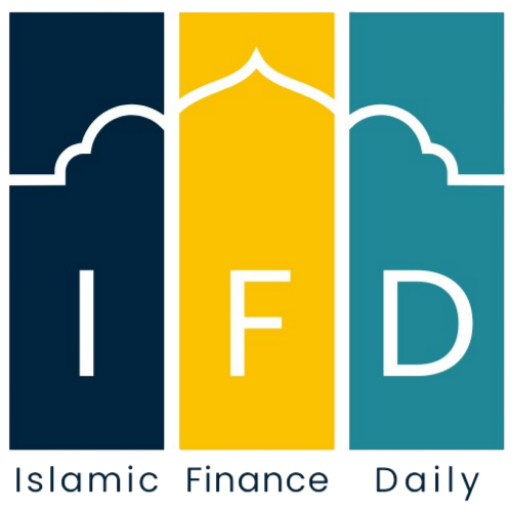In the evolving landscape of Islamic finance, standardization is pivotal for ensuring global acceptance and Sharia compliance. The Accounting and Auditing Organization for Islamic Financial Institutions (AAOIFI) and the Islamic Financial Services Board (IFSB) play instrumental roles in establishing robust frameworks for this purpose. Their guidelines foster transparency, consistency, and harmonization across markets, enabling Islamic finance to thrive globally.
Table of Contents
ToggleThe Importance of Standardization in Islamic Finance
Standardization bridges the gap between diverse interpretations of Sharia law across regions, creating a cohesive framework for operations. In Islamic finance, where contracts like Murabaha, Ijarah, and Mudarabah must adhere to ethical and religious principles, variations can lead to inefficiencies, investor skepticism, and compliance challenges.
- Standardization provides clarity for:
- Structuring products like Sukuk (Islamic bonds).
- Ensuring proper auditing and risk management in Takaful (Islamic insurance).
- Facilitating cross-border Islamic banking.
For instance, the lack of standardized Sukuk structures during the early 2000s limited their global appeal. With AAOIFI’s Sukuk standards, institutions now enjoy greater confidence in structuring Sharia-compliant bonds.
Role of AAOIFI in Islamic Finance Standardization
Established in 1991 in Bahrain, AAOIFI develops standards that govern accounting, auditing, ethics, and Sharia compliance in Islamic finance. Its guidelines provide clarity and uniformity, ensuring that financial institutions comply with Sharia principles while maintaining global best practices.
Examples of AAOIFI’s Key Standards:
- Murabaha Transactions: AAOIFI provides detailed guidance on how these cost-plus-profit sales contracts should be structured, ensuring transparency in profit margins.
- Sukuk Issuance: AAOIFI’s Sukuk standards prevent misuse, ensuring that the underlying assets genuinely adhere to Islamic principles.
- Real-life Example: The Central Bank of Bahrain mandates AAOIFI standards for all Islamic financial institutions, boosting investor confidence and fostering a robust financial ecosystem.
Role of IFSB in Promoting Stability and Regulation
Formed in 2002 in Malaysia, the IFSB complements AAOIFI by focusing on prudential standards and regulatory frameworks. These ensure financial stability, risk management, and sound governance across Islamic financial institutions globally.
Examples of IFSB Guidelines:
- Risk Management (IFSB-1): Addresses risks unique to Islamic finance, such as Sharia non-compliance and liquidity challenges.
- Capital Adequacy Standards: Tailored to align with Basel III, ensuring resilience in Islamic banks.
- Real-life Example: Bank Negara Malaysia implemented IFSB standards to strengthen the Islamic banking sector’s risk management and governance.
How AAOIFI and IFSB Work Together
While AAOIFI focuses on operational and transactional aspects, IFSB emphasizes macroprudential regulation. Together, they provide a comprehensive framework for Islamic finance:
- AAOIFI ensures Sharia compliance at the institutional level.
- IFSB safeguards the systemic stability of the Islamic finance ecosystem.
Example of Collaboration: The joint adoption of AAOIFI and IFSB standards by institutions like Dubai Islamic Bank enhances cross-border credibility and operational efficiency.
Challenges in Implementing Standardization
Despite their global influence, adopting AAOIFI and IFSB guidelines faces challenges:
- Diverse Sharia Interpretations: Different schools of thought in Islamic jurisprudence complicate universal acceptance.
- Regulatory Differences: Countries often prioritize local standards over global ones.
- Resource Limitations: Smaller institutions may struggle to align with stringent requirements.
Case Study: In Pakistan, regulatory bodies worked to harmonize local Sharia standards with AAOIFI guidelines. This required significant investment in capacity building and training for financial institutions.
The Benefits of Standardization
Standardization in Islamic finance brings significant advantages:
- Investor Confidence: Clear guidelines reduce ambiguity and enhance trust.
- Market Expansion: Cross-border transactions become seamless with standardized frameworks.
- Innovation: Consistent standards encourage the development of new Islamic finance products.
For example, AAOIFI’s Takaful standards have led to innovative insurance models in the GCC, catering to diverse consumer needs while adhering to Sharia principles.
Future Prospects of Standardization
As Islamic finance grows, aligning standards with global regulatory practices remains critical. Efforts are underway to bridge gaps between conventional and Islamic financial systems, ensuring smoother integration.
Emerging technologies like blockchain and AI can further support standardization by automating compliance checks with AAOIFI and IFSB standards. Regulatory sandboxes, such as those in the UAE, also pave the way for innovative, Sharia-compliant financial solutions.
Conclusion
Standardization through AAOIFI and IFSB guidelines is essential for the sustained growth of Islamic finance. By fostering transparency, compliance, and stability, these frameworks enable institutions to expand globally while maintaining adherence to Sharia principles. The collaboration between AAOIFI and IFSB ensures a comprehensive approach to addressing the unique challenges of Islamic finance, paving the way for a resilient and inclusive financial ecosystem.



